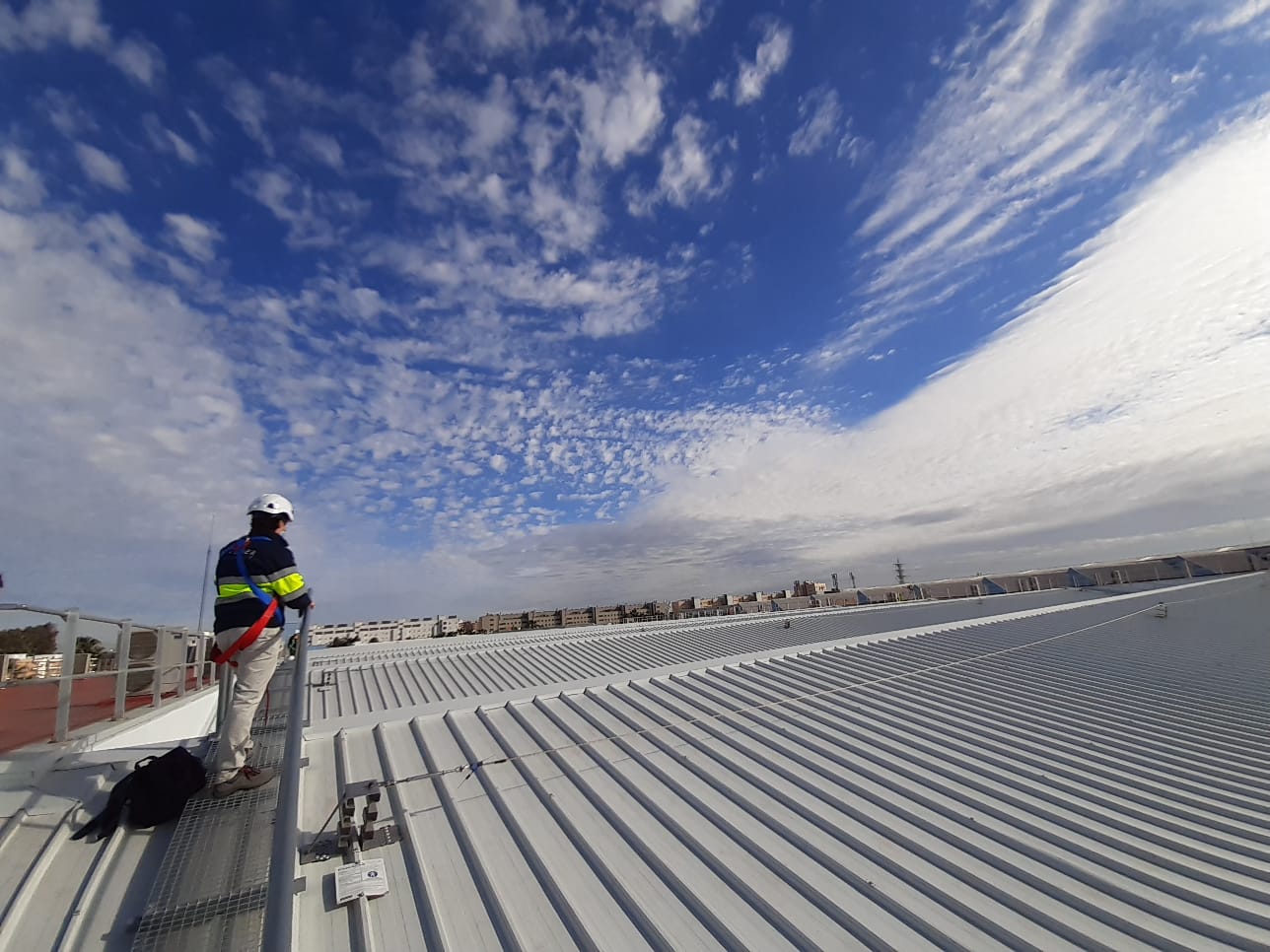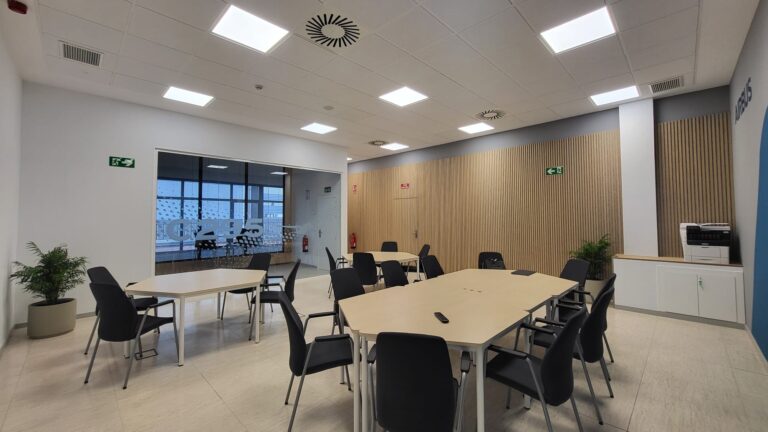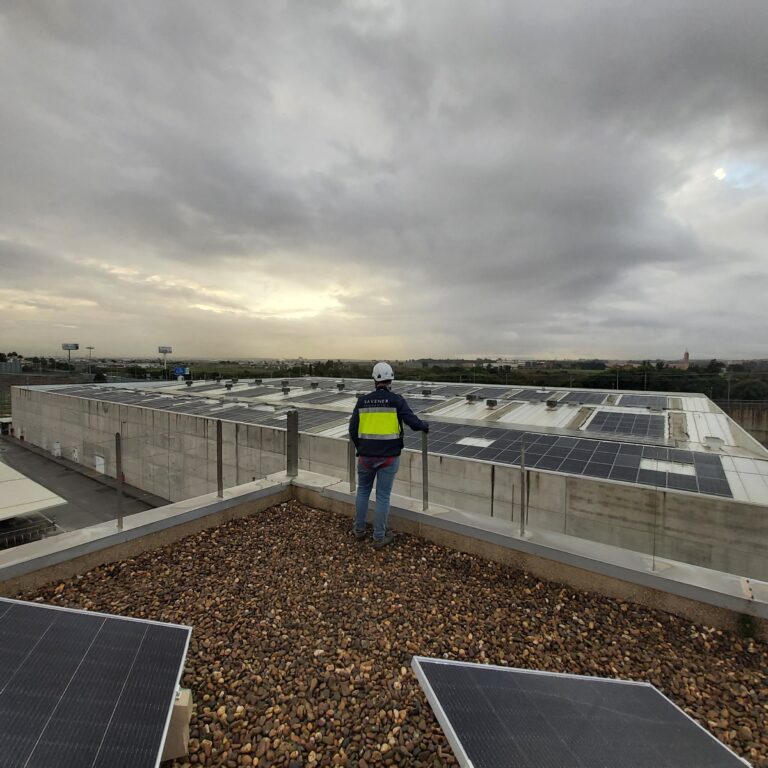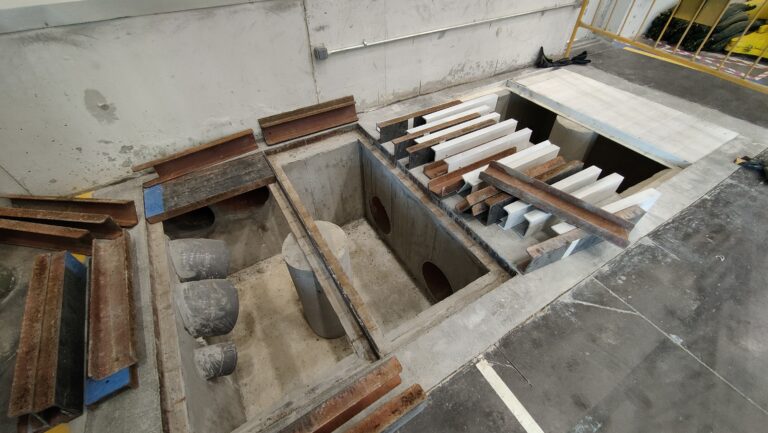- Location: Seville (Spain)
- Capacity: 18,000 m2 (Surface area of action)
- Technology: Architecture, rehabilitation
- Client: Airbus
The refurbishment works of warehouses E, J, and H, belonging to the Airbus Tablada Factory, located in Seville, have proved to be one of the most complex that the Savener team has had to face both in its Design and Project Management phase.
This was due to the difficulties that had to be overcome during the execution, as it involved the refurbishment of a building dating back to the 70s, whose roof was made of fibre cement (asbestos). Addressing this challenge also required the addition of special requirements from Airbus to keep the plant operational and productive at all times.
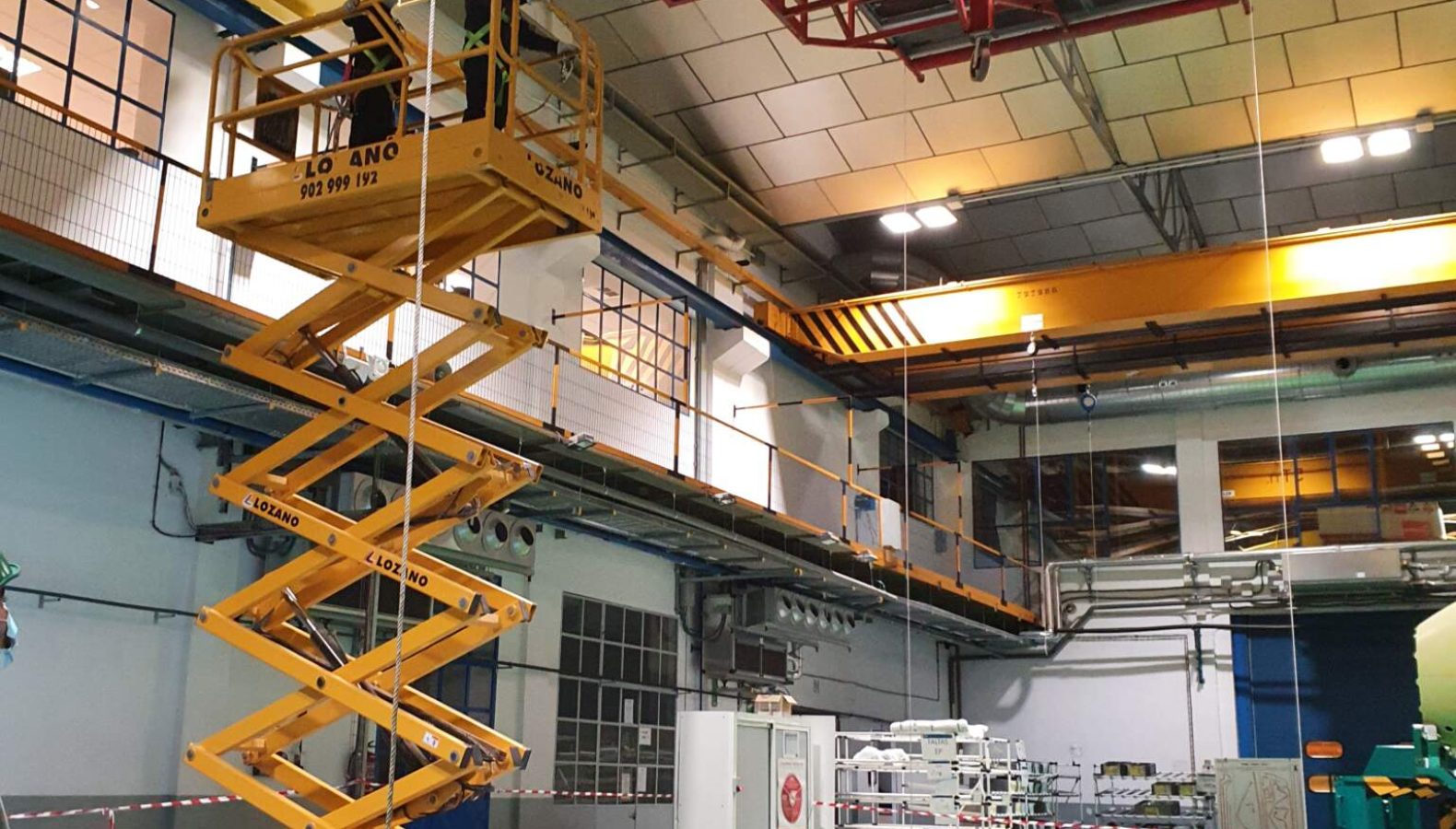
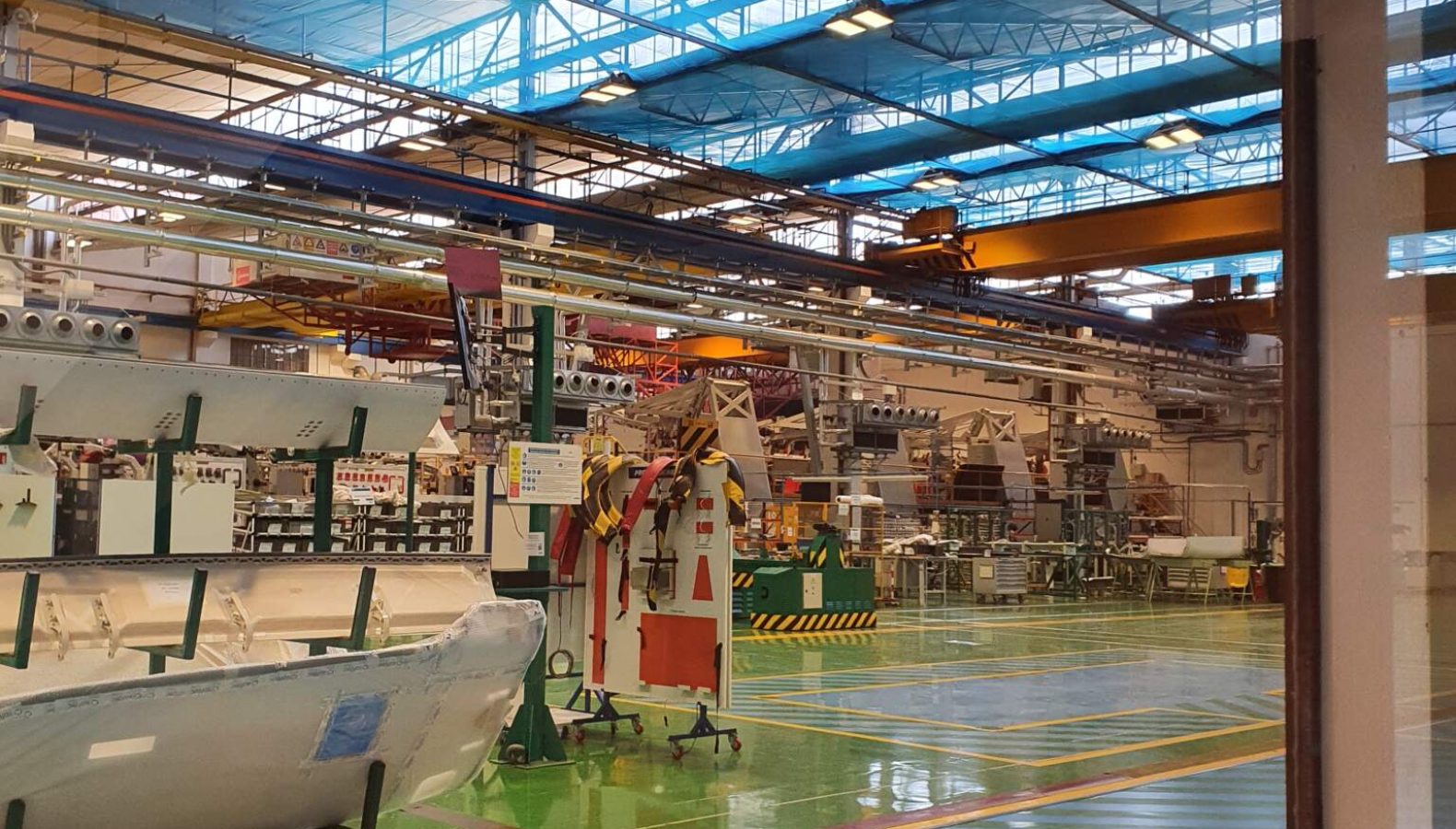
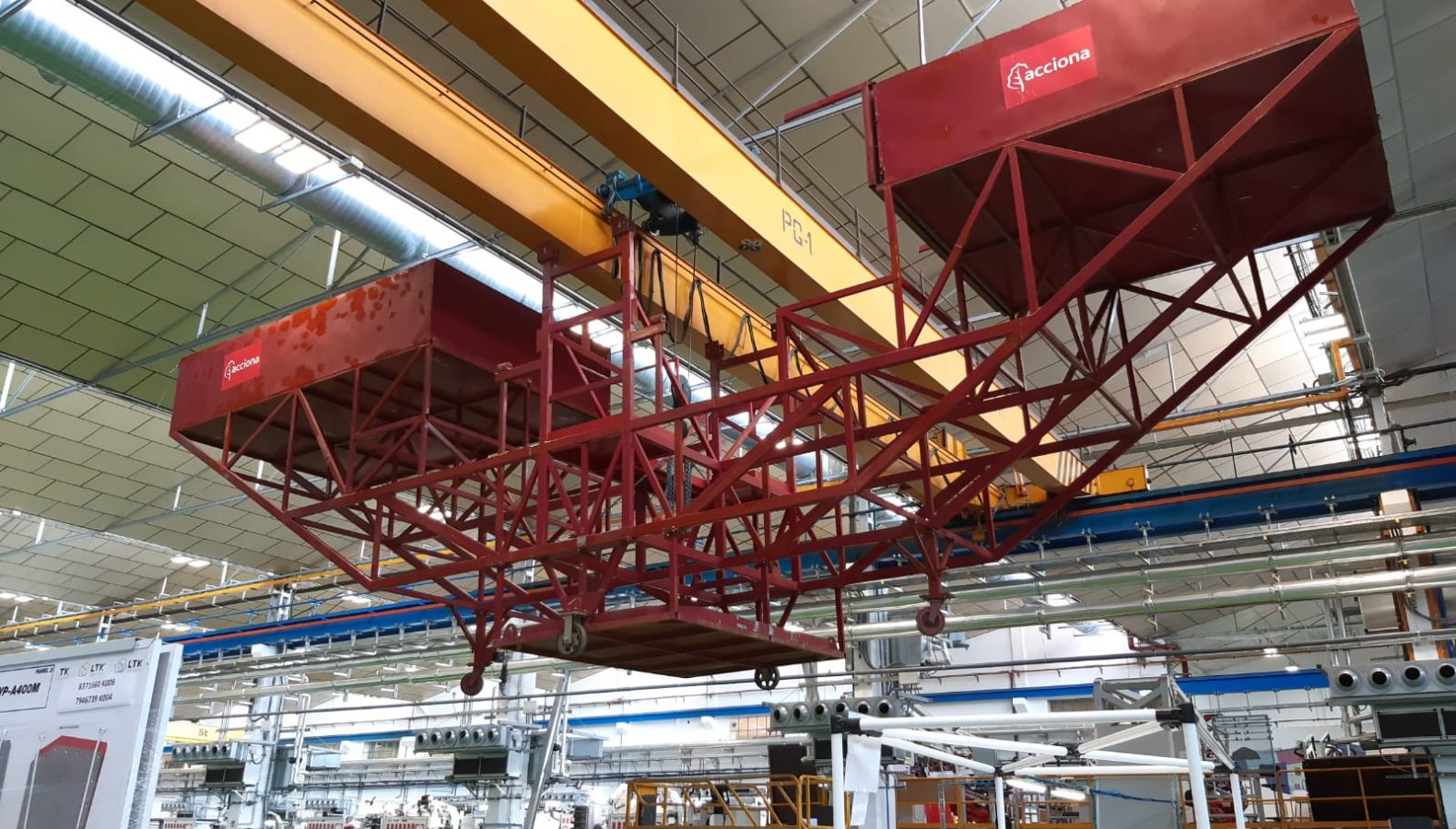
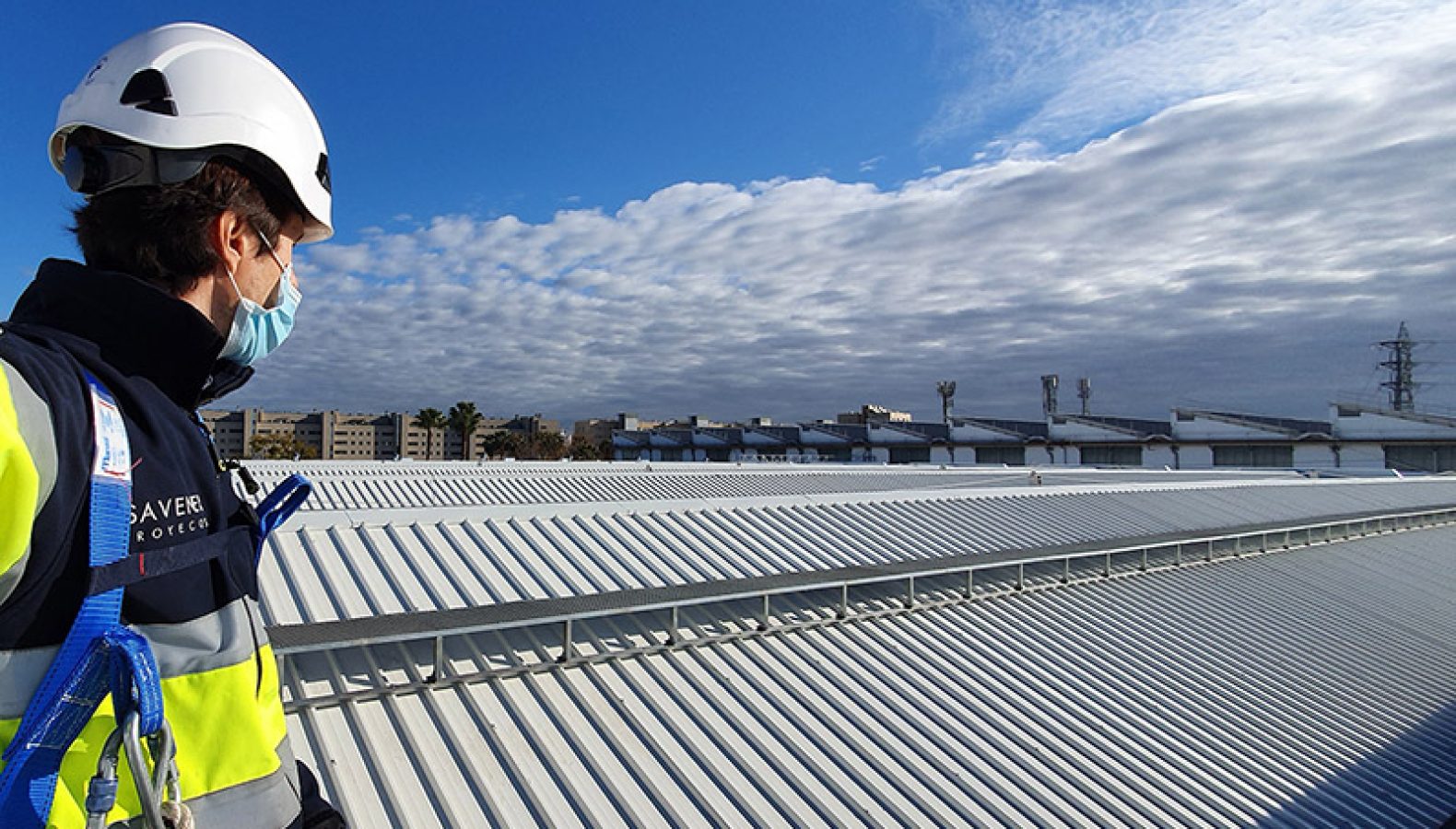
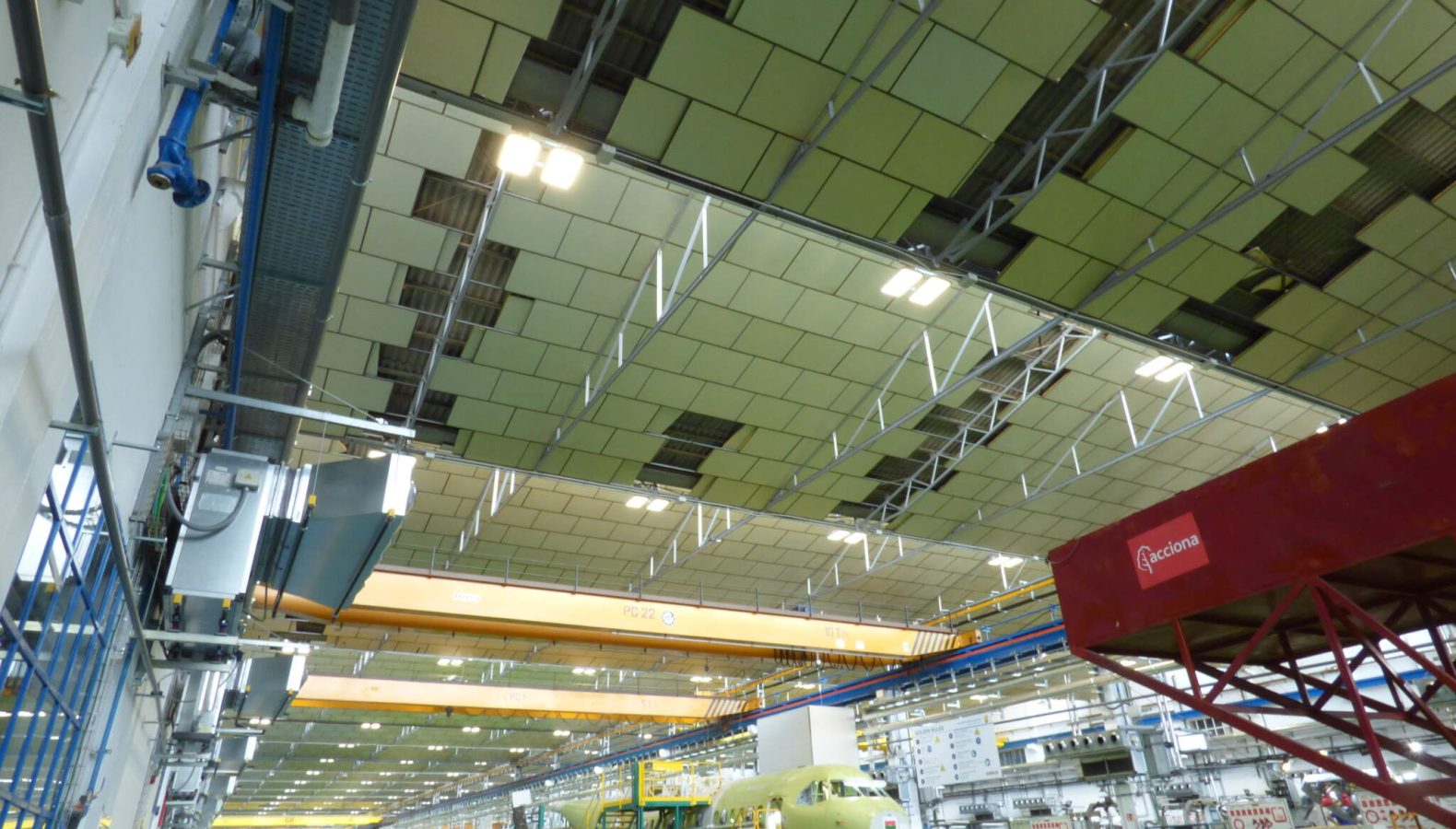
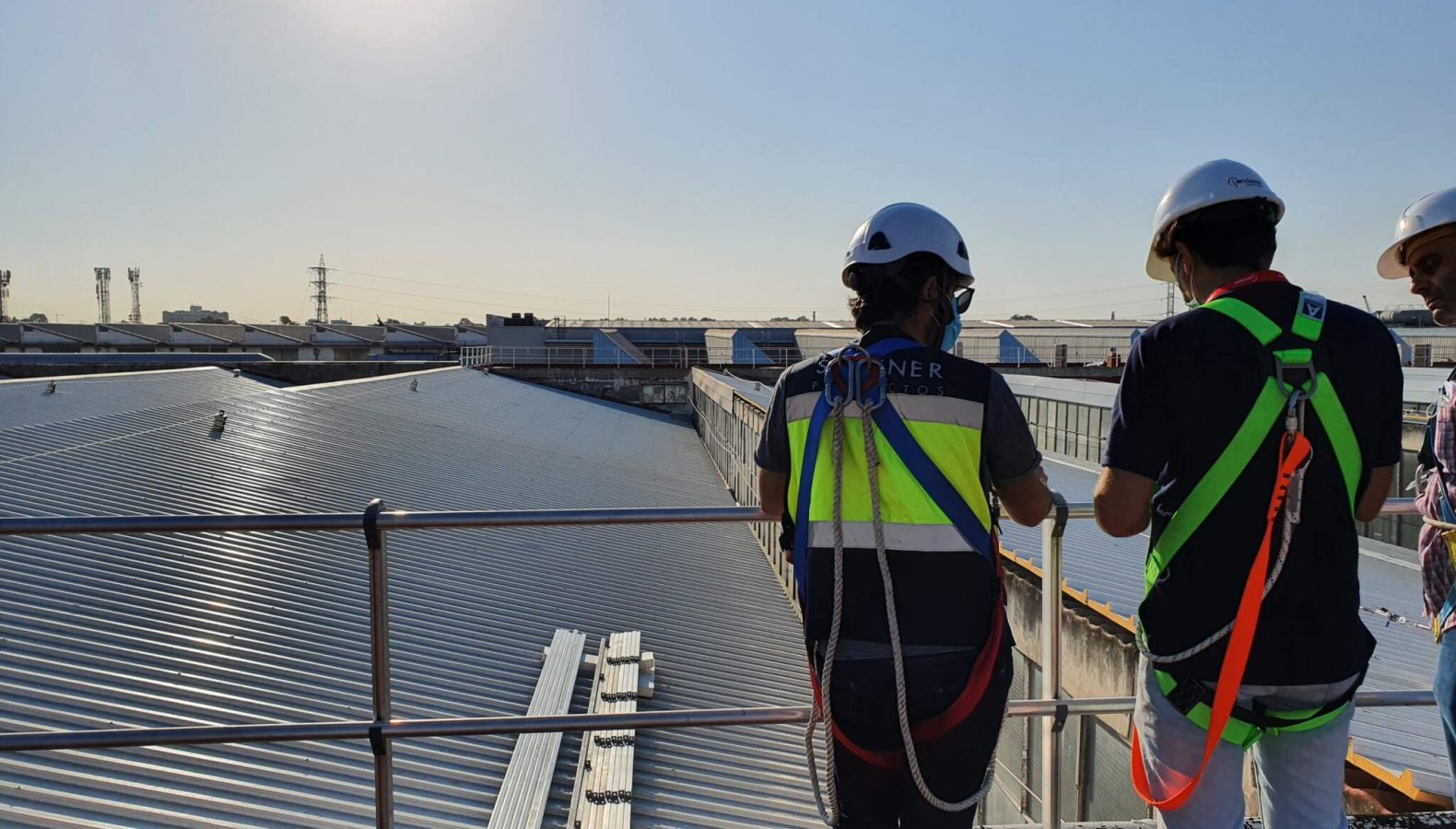
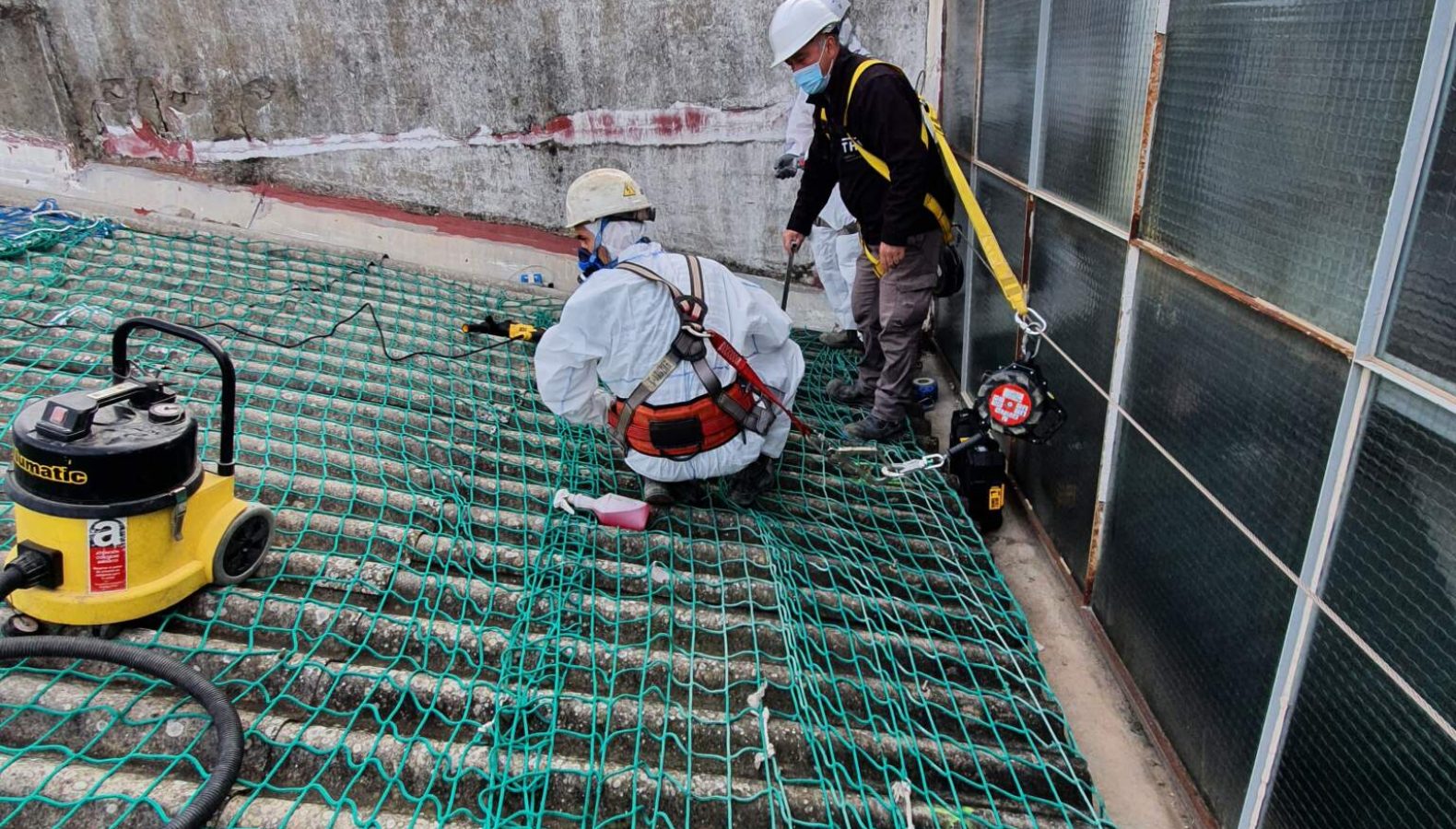
The project, which Savener began to develop in its design phase in 2015, started to be executed by the awarded construction company, Acciona, in early 2020, and will now be completed in 2022.
The roofs of the Airbus Tablada Factory are an unconventional project, whose objective was not only the rehabilitation of the roof itself, but also the structural reinforcement of the different production halls of the factory, where Airbus carries out the manufacture of aeronautical infrastructures and where it is not possible to stop production at any time. As can be understood, carrying out structural work under these conditions, “over the heads” of those who manufacture the aircraft, has meant an immense challenge in terms of safety and in the design of the solutions provided.
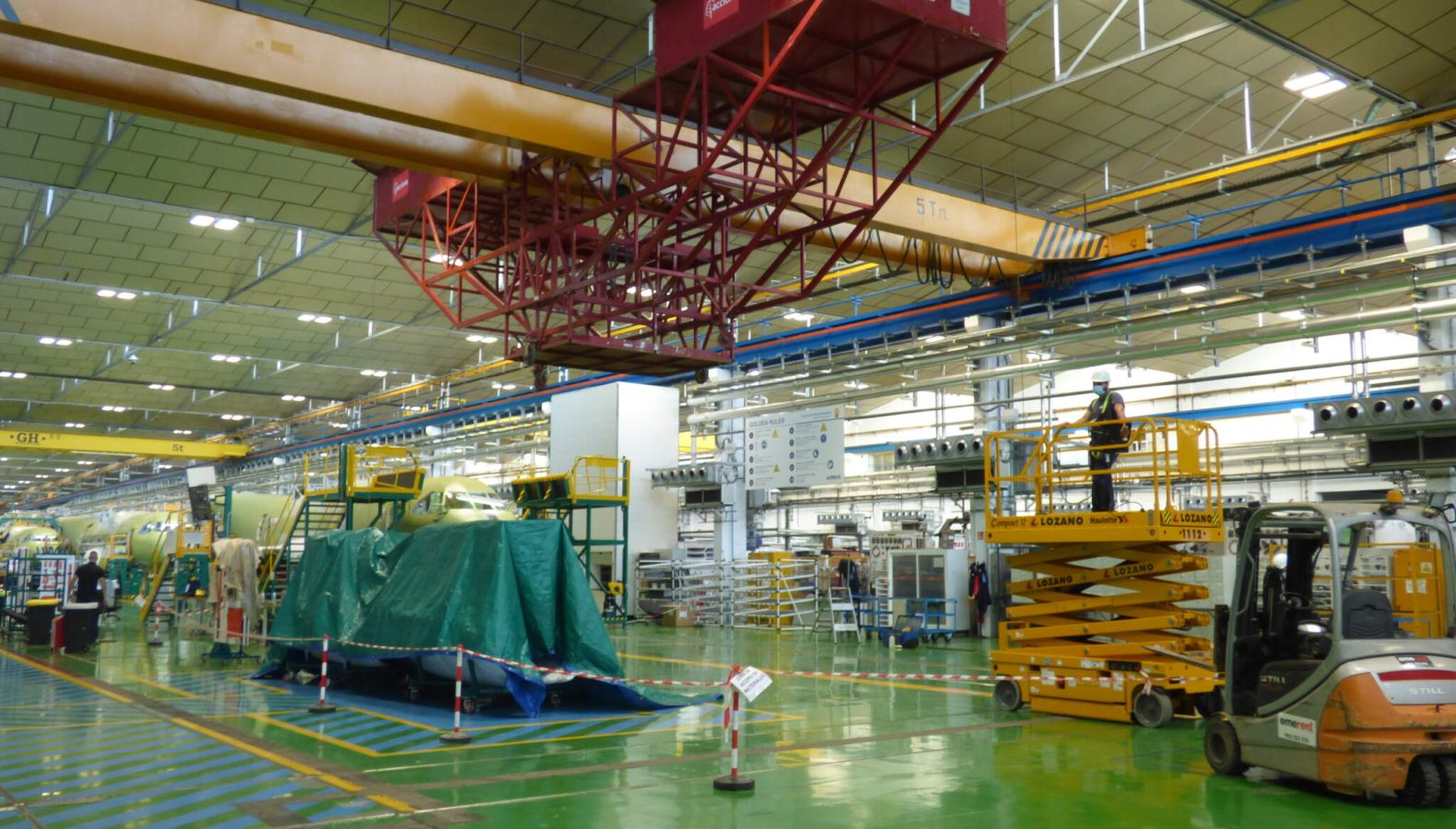
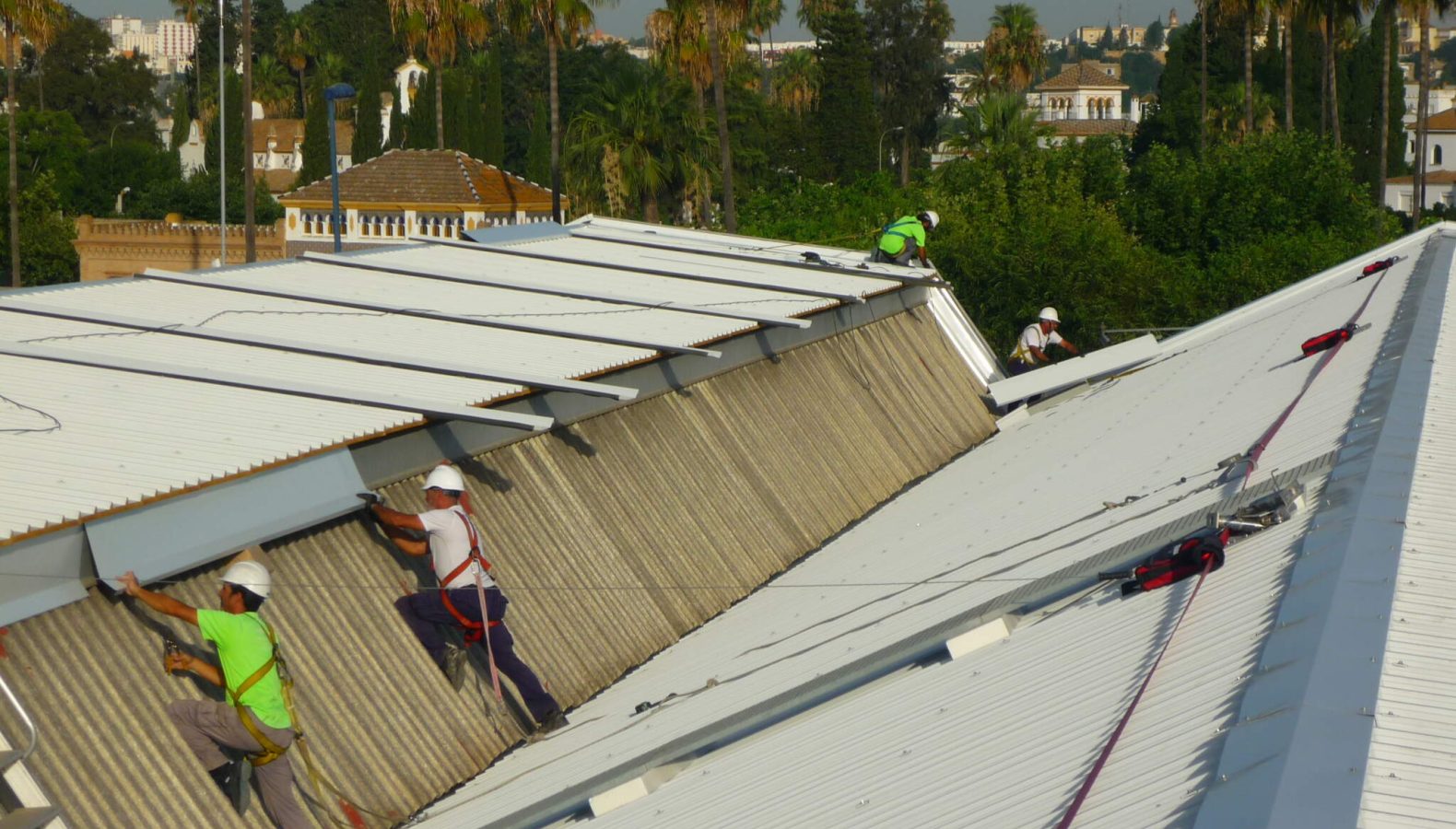
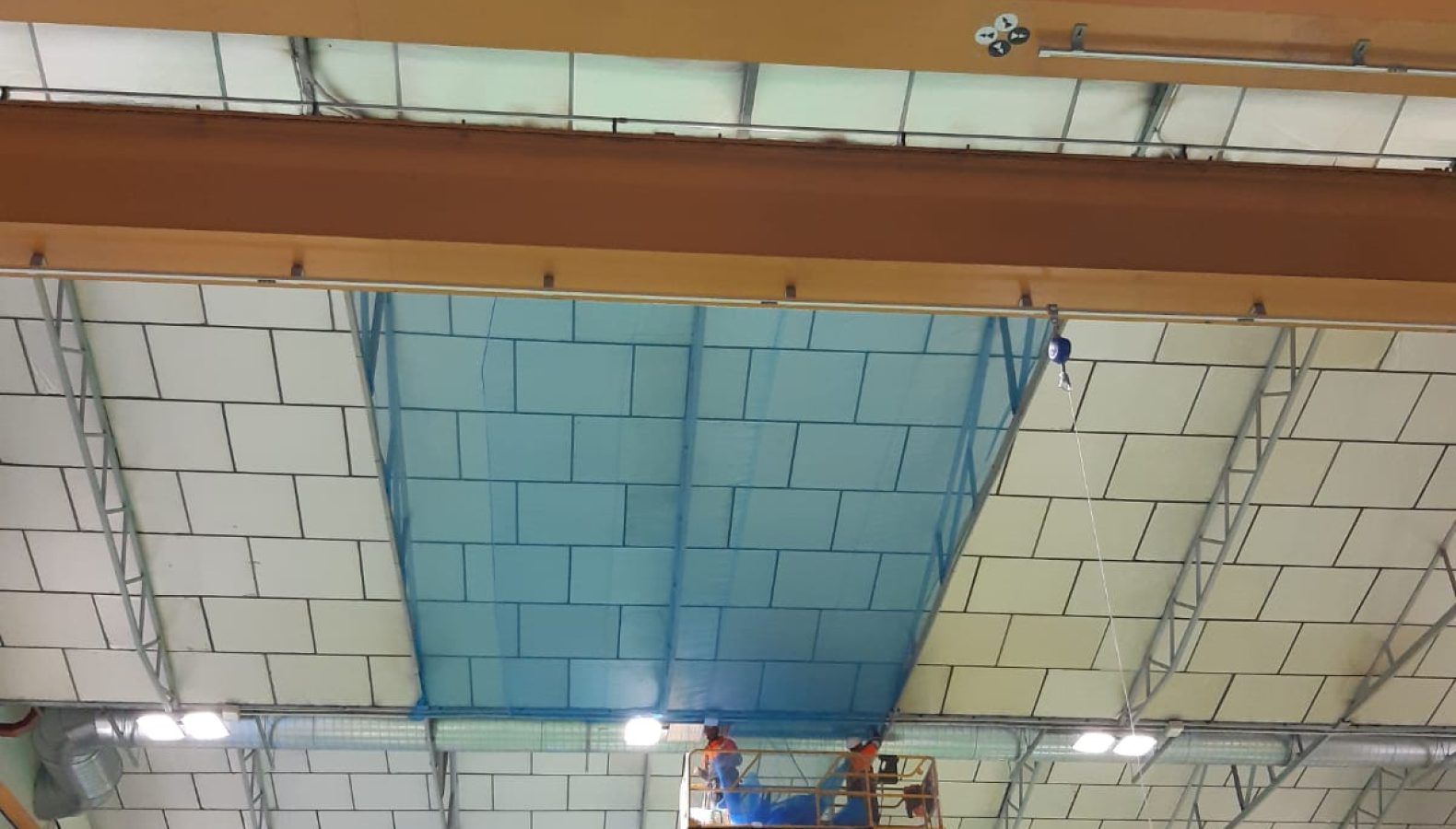

In total, some 18,000 m2 of roofs have been refurbished, all of which have undergone a total transformation to a high-performance final state, where thermal behaviour has been improved by adjusting and perfecting the insulation and structural robustness through the execution of reinforcements that have been undertaken in a “surgical” manner.
In addition, the rainwater collection system has been improved with the incorporation of “Full Flow” systems that allow a more efficient evacuation of rainwater, providing the roofs with a greater evacuation capacity.
